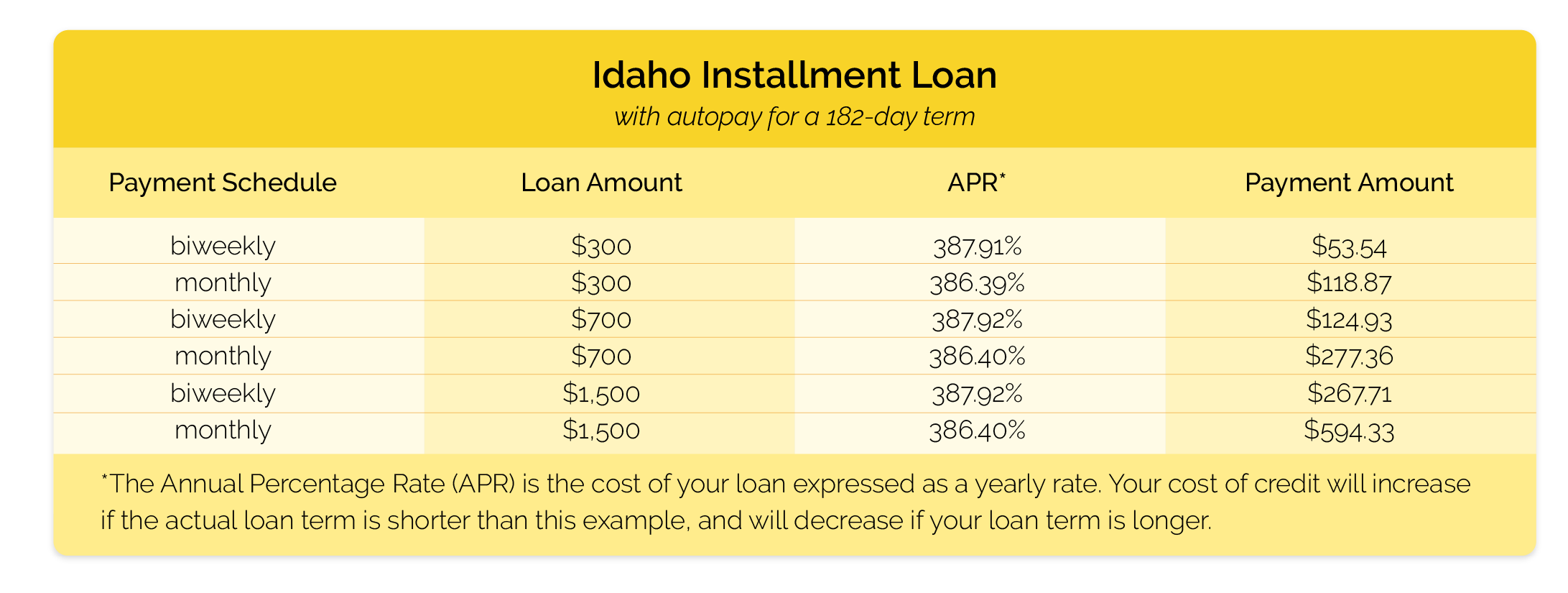
Straddle is an option trade in which you buy both a called and a put option with the exact same strike price. This strategy is popular with investors who anticipate a significant shift in stock markets, but don't know if it will go up/down.
While straddling isn't the only way to profit in volatility, it is one that is highly profitable. This strategy will help you keep your entire investment intact if the market doesn't move.
Trades of straddles should be weighed against the net option Premium and the risk to loss. This is calculated as the total cost of the options divided by the underlying security's strike price.
Profits can be made when the underlying security's prices rise or fall more than the net premium. This is called a directional bias. If volatility increases enough to offset your straddle's decaying time value, profits can be also made.

Generally, straddles will be most successful when a stock’s price is likely or expected to change rapidly. They work best when the stock's price is likely to change dramatically due to an earnings announcement or news event.
The straddle may not be suitable for everyone investors. Before making any investment decisions, it is important to understand your personal investment goals and risk tolerance. You should consult with a financial professional to find the best option for you.
Long straddles can be very lucrative when the underlying stock moves in the desired direction, but they come with risks and can lose money if the stock doesn't. This is due in part to the fact that a long strangle requires a very large price change to earn a profit.
In the same way, profits are eliminated if the underlying stocks fall too much. The trade price is the maximum loss for a long straddle.
Another advantage of a long straddle is that it is a direction-neutral strategy, meaning that the investor only cares about the stock's progress and not which way it travels. A straddle may not be the best option for everyone because it requires advanced forecasting skills.

Strangle, a different type of straddle, involves purchasing both a put and call option on the same underlying asset for the same strike amount. This is a riskier, but less costly option than the long strangle.
While a strangle is less expensive than a long straddle, it comes with higher risks because the underlying security has to make a greater jump in order to be profitable. This strategy is also more difficult to exit and enter, so it is important to have an idea of the direction the underlying stock will go before you attempt to enter.
There are many things that can affect a long straddle's profitability, such as the underlying stock's volatility or its liquidity. You should also remember that long straddles are expensive. Before you commit to this strategy, it is important to be realistic about what it will cost.
FAQ
What are the pros and cons of investing online?
Online investing is convenient. Online investing allows you to manage your investments anywhere with an internet connection. Access real-time market data, and make trades online without leaving your office or home. Additionally, many online brokerages offer lower fees than traditional brokerages, making it easier for investors to get started with smaller amounts of money.
Online investing comes with its own set of disadvantages. Online investing is not without its challenges. For instance, you may find it difficult to obtain personalized advice or guidance online as there are no financial advisors or brokers to help you make your decisions. Online trading platforms may not offer the same level or security as traditional brokerages. Investors must be aware that there are risks. Finally, online trading can be more complex than conventional investing, so it's essential to understand the markets and develop a sound strategy before getting started.
It is also important for online investors to be aware of all the investment options. Investors have many options. There are stocks, bonds mutual funds, cash equivalents and stock options. Each investment comes with its own risks. You should research all options before you decide on the right one. Additionally, some investments may require a minimum deposit or have other restrictions that need to be taken into consideration.
How do forex traders make their money?
Yes, forex traders can make money. While it is possible to achieve success in the short-term, long-term profits typically come from dedication and a willingness to learn. More traders who are able to understand the market and can analyze technical issues will be successful than those who rely on luck or guesswork.
Forex trading is not an easy task, but it can be done with the right knowledge. Before you risk real capital, it is important to find a mentor who is knowledgeable about risk management.
A lack of a strategy or plan can lead to many traders failing. However, if one is disciplined they can maximize their chances at making money in foreign exchange (forex).
Experienced forex traders develop trading plans that they stick to when trading in order to reduce their risk exposure as much as possible while still finding profitable opportunities. It is important to manage risk. Many new traders are too eager to make quick profits and not have a long-term strategy.
Forex traders can increase their chances of making long-term profits by keeping records, understanding currency trading platforms, and studying past trades, payments, and by keeping accurate records.
Forex trading is all about discipline. Developing rules, such as what you are willing to lose on each trade, helps reduce losses and ensure success. Strategies like leveraging entry signals can help increase profits beyond those that could be achieved without the guidance of an experienced mentor.
Ultimately though, being persistent and learning from successful day traders other methods--such as risk management techniques--are necessary for profitability as a trader in forex markets regardless if you're investing your own capital or managing funds for someone else.
Where can you invest and make daily income?
Investing can be a great way to make some money, but it's important to know what your options are. You don't have to put your entire savings into the stock market - there are plenty of other options.
One option is to invest in real property. Property investments can yield steady returns, long-term appreciation, and tax benefits. Diversifying your portfolio may be an option, such as with ETFs, mutual funds or specialty fields like crypto, bonds, ETFs and mutual funds.
If you are looking for daily income and short-term profits, then you should consider investing in stocks that pay dividends. Trading online with day trading strategies is also possible, if you are comfortable with taking on the risks.
Whatever your investment goals might be, it is crucial to thoroughly research every type of investment before jumping in. Each asset has its risks and rewards. You must keep an eye on your investments, recognize when you should buy or sell them so that you can maximize your earnings while working towards your financial goals.
How can I invest in Bitcoin?
Although it may seem difficult to invest in Bitcoin, it is not as complicated as you might think. You only need the right information and tools to get started.
First, you need to know that there are many ways to invest. To gain exposure, you can either buy Bitcoin directly or trade it on an exchange.
You also need to decide where to store Bitcoin. There are many choices, such as cold storage, exchanges or custodians. Depending on your risk appetite and goals, some options might be more suitable than others.
Next, find any additional information that may be necessary to make confident investment decisions. It is essential to understand the basics of cryptocurrency and their workings before you dive in. Keep an eye on market developments and news to stay current with crypto trends.
Create a plan for investing Bitcoin based upon your level of experience. Set reasonable expectations for returns. This will increase your long-term success.
Which trading platform is best?
Many traders find it difficult to choose the right trading platform. There are many trading platforms out there, so it can be difficult for traders to choose one that is right for them.
The best trading platform should include the features you are looking for, including advanced chart analysis tools as well as real-time data from the markets and sophisticated order execution capabilities. It must also be easy to use and intuitive.
It should offer multiple account types and low fees. You also need reliable customer service and educational materials. For those who want to try virtual money before you invest your real money, look out for free demo accounts.
Think about what kind of trader you are, whether you're active or passive, how frequently you intend to trade, and what asset class you want. Understanding these factors will help narrow down your search for the best trading platform for your needs.
After you have found the right platform for you, you should look at additional features like stock screening tools and backtesting capabilities. Alert systems are also available. Also, make sure that the platform you choose has appropriate security protocols in order to protect your data from theft and breaches.
Some of the most popular trading platforms include MetaTrader 4/5 (MT4/MT5), cTrader, eToro TradeStation ProRealTimeTrade FusionPlus500 NinjaTrader Webtrader Interactive Brokers TD Ameritrade AvaTrade IQ Option Questrade Investopedia Trade Idea Xtrade Libertex Robinhood TD Ameritrade FXCM ThinkOrSwim App Store just to name a few!
Which is better forex trading or crypto trading.
Both crypto and forex trading can make you money, but it really comes down to your investment goals.
Forex trading involves investing in foreign currencies. This is an easy option for beginners. Forex trading is easier than investing in foreign currencies upfront.
Crypto trading, on the other hand, offers a fast return because prices can fluctuate very quickly due to their volatility. It is also easy to cash out tokens quickly, as crypto trades have high liquidity.
It is important to research both sides of the coin before you make any investment. Managing your risk through proper diversification of assets will go a long way with any type of trading you choose.
It is also important to understand the different types of trading strategies available for each type of trading. Forex traders might use fundamental or technical analysis to make decisions. Crypto traders, on the other hand, may use arbitrage and margin trading to maximize their profits. Additionally, some traders may opt for automated trading systems or bots to help them manage their investments. Before you invest, make sure to understand the risks associated with each strategy.
Statistics
- Effective since 12/16/2022, Schwab has 10.825% for debit balances of $250,000 to $499,999.99. (fidelity.com)
- One pip typically equals 1/100 of 1%. (investopedia.com)
- Fidelity's current base margin rate is 11.325%. (fidelity.com)
- Call E*Trade for rates on debit balances above $499,999.99, as its rates are not published for anything above this amount; Effective since 12/16/2022, TD Ameritrade 11.75% for debit balances of $250,000 to $499,999.99. (fidelity.com)
- Effective since 12/15/2022, E*Trade has 11.20% for debit balances of $250,000 to $499,999.99. (fidelity.com)
External Links
How To
How can I verify the legitimacy of an online investment opportunity?
Research is critical when investing online. Check out the company behind the opportunity and make sure they are registered with the appropriate financial authorities. Also, make sure to check for any industry regulations that could affect your investments.
Review past performance data, if possible. You can find customer reviews online that give insight into the experience of customers with the investment opportunity. Be skeptical of promises of substantial future returns or future results.
You should understand the investment risk profile and be familiar with the terms. Before you sign up for an account, verify the fees and commissions that may be applicable to your tax. Conduct due diligence checks to make sure that you're receiving what you paid for. You can also make sure that you have an exit strategy for any investment that doesn't go according the plan. This will help reduce long-term losses.